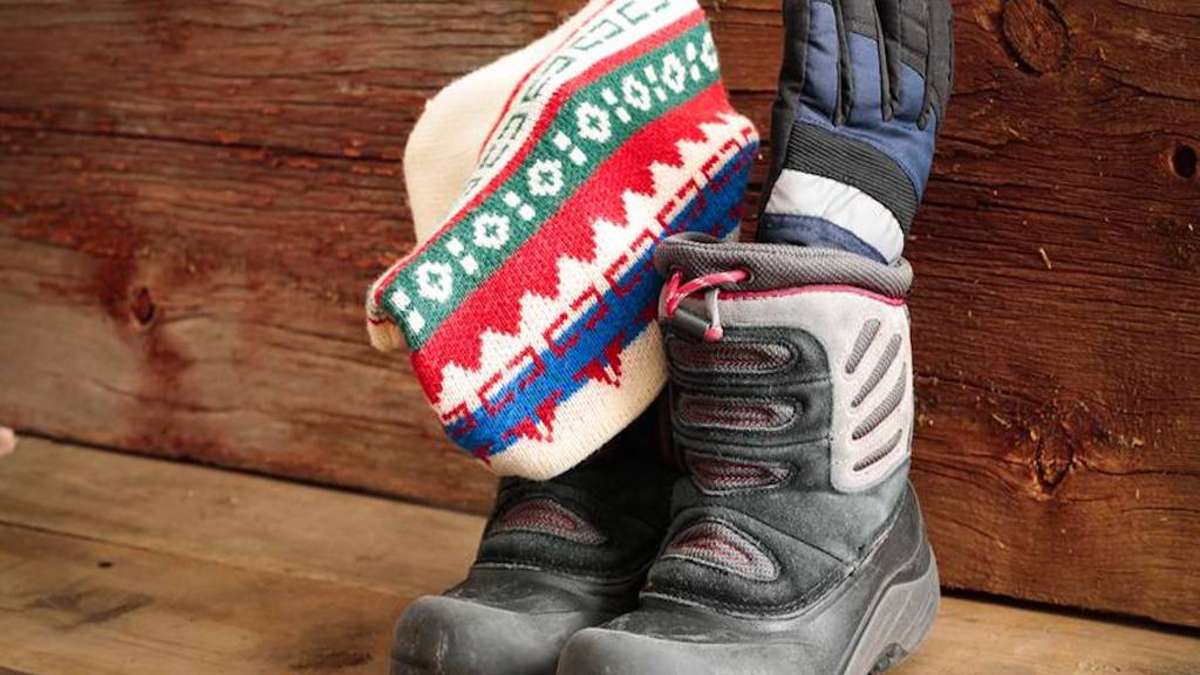
| During the winter months you may notice that slight gaps may begin to appear between the boards of your hardwood flooring. Aside from being unsightly, this can make them harder to keep clean (since dust and dirt collect between the boards). They may also squeak more as the boards move against each other and their nails, with the extra play they have. These gaps will disappear just as mysteriously when the weather gets warmer. Although there is nothing to worry about there are a few ways to minimise the appearance and effect of these gaps.
An organic material Like many organic materials, wood is hygroscopic: it is sensitive to temperature and humidity. When its environment is warm and damp, it expands; when it is drier and colder, it contracts. This is a natural and unavoidable property of wood, and it will continue to happen regardless of when the boards were fitted – even after many decades. However, there are ways to reduce the effect of changing ambient conditions, both when the boards are first fitted and on a day-to-day basis. Installing your boards There are many variables that affect the amount a board will expand and shrink. Two of these are the temperature and humidity, which can be controlled to a certain degree. However, the dimensions, cut and material of the boards themselves are just as important. Board width. Unsurprisingly, wide boards shrink more than narrow ones and therefore larger gaps will open up. If you live in an area that experiences wide fluctuations in temperature and moisture levels, you can mitigate against this to some extent by opting for narrower boards. Cut. Trees are cut in different ways to create the planks used for floor boards. The two most common ways are flat sawing and quarter sawing. Flat sawn boards tend to expand and contract more in width, but their thickness will change less. Quarter sawn boards are more stable across their width, though their thickness changes more (this is less of a problem for gaps). Additionally, boards may be cut with square or bevelled edges. Gaps will be more apparent with square edges – bevels tend to hide this a little better. Material. Solid wood boards are less stable than engineered wood boards, which are composite planks made from a plywood base with a thin veneer of wood bonded on top. However, the stability of engineered boards may only be guaranteed within a limited range of conditions. They also lack the character of solid boards and are unlikely to prove as attractive to prospective buyers if you are selling your home. Beyond this, the type of wood your boards are made from makes a difference. Some woods are more sensitive to ambient temperature and humidity. Beech, for example, is well known for this property and may contract by around 0.7 percent – which works out at 7mm per metre. Other species, such as oak, are less affected. However, different types of wood expand across their axes in different amounts, so a species that is very stable when quarter sawn may be surprisingly unstable when flat sawn, or vice versa! This means there is no single ‘best wood’ for floor boards. At installation you should ensure that your boards have been properly acclimatised to the conditions in the room in which they will be fitted. This means that they should be left for at least two weeks to adjust to the ambient temperature and humidity before installation. You should also make sure that any fresh concrete or screed is properly dried out first. Ongoing care If your boards have already been installed and are showing gaps then there are still ways to address the problem. Most obviously, controlling temperature and humidity will have the biggest effect. You will typically want to keep your house within a range of around 45 to 60 percent humidity and 18 to 25 degrees centigrade. This is most comfortable, and outside of this range your floor boards will also experience the most noticeable expansion and contraction. Winter air tends to be colder and drier than summer air, which draws the moisture out of your boards and causes them to shrink. The combination of dry air and central heating can cause particular problems. (You will notice if the air is particularly dry, since your skin – especially your lips – will also be affected.) To limit wintertime humidity changes you will need to increase the moisture levels in the air, and possibly decrease the level of ventilation in your home. Care should be taken, though, since if there is too much moisture you will have problems with damp and mould. A programmable humidifier can be used to keep the humidity within the required range. Similarly, keep the thermostat for central heating in the optimal range of between 18 and 24 degrees centigrade. Keeping some plants around the house will also help raise the humidity and keep it more stable. As a quick fix, to raise the moisture content of the air you can leave damp (not wet) cloths on the radiators. Conclusion Wood is an organic material and as such is naturally sensitive to changes in temperature and humidity. There is no undue cause for concern and any gaps that open up will disappear as the weather gets warmer. However, selecting the right kind of boards and installing them properly, as well as maintaining even ambient conditions, can significantly reduce the problem. |

